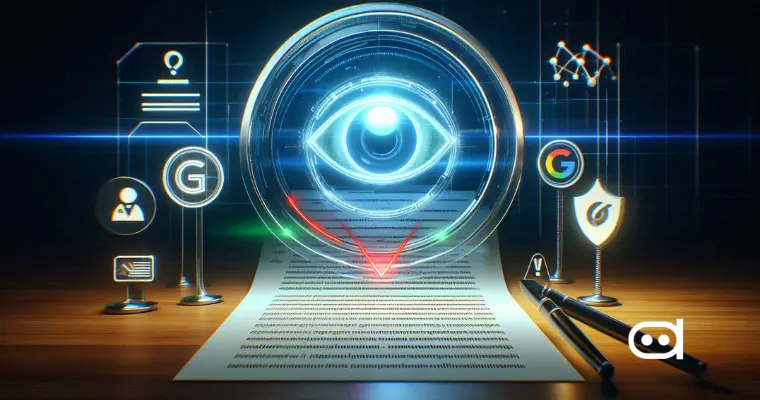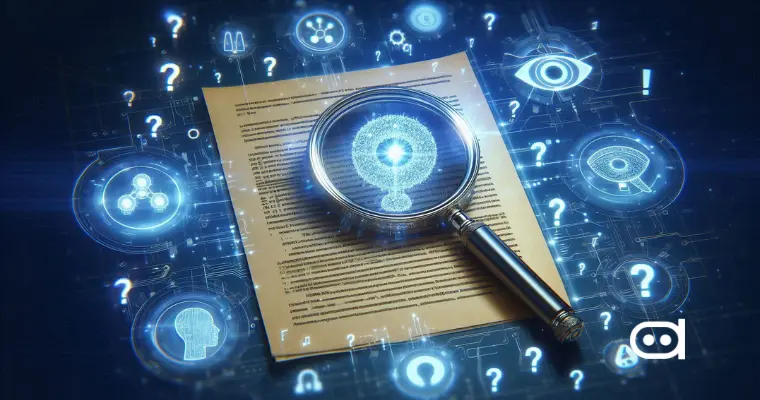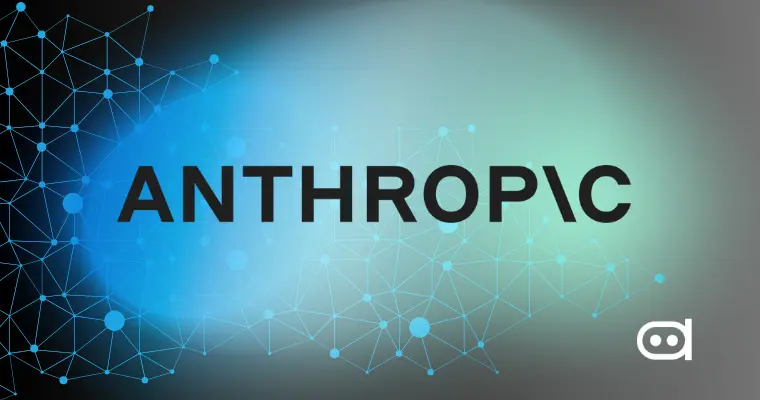
Artificially generated content has a huge effect on SEO. The emergence of devices capable of producing massive amounts of text at lightning-fast speeds has raised concerns about the influence on search engine rankings. Google’s Helpful Content Update explicitly addresses this, mentioning experience, expertise, authority, and trustworthiness (E-E-A-T) as metrics for content quality. Instead of designing content for game search engines, the focus is on user experience and real value. These days, it is more important to provide meaningful and authoritative content that benefits the user than to rank high on search engines.
Overview of AI-Generated Content
AI-generated content is content that is written, scanned, recorded, or video-produced using algorithms of artificial intelligence. It is gaining more and more applications in content writing, including article writing, social media, and marketing copywriting. Deep learning powers AI content generation tools like ChatGPT and Google Gemini, transforming networks and attention. These are models trained on massive amounts of text and code, learning sophisticated patterns and connections in language. That way, they can digest input, understand the context, and return consistent and contextually sensitive output. They can process enormous amounts of data and learn from it to create textual or other forms of content that appear to be human.
How can Google detect AI Content?
Google’s analysis of artificially generated content, like its detection of fake news, is still in progress. Older AI systems, such as early GPT versions, were more noticeable because of their distinct patterns and irregularities. However, subsequent models such as GPT-3 and GPT-4 generate more humanoid writing, making detection more challenging. Google undoubtedly does a whole lot of the legwork, looking for parameters other than keyword stuffing. Google’s rules do not specifically forbid AI-generated content, but they do stress the need for high-quality, original content that displays expertise, authority, and credibility. This race between AI content producers and Google’s censorship engine will probably continue.
5 Tips to Avoid Penalization for AI Content
Tip 1: Ensure Originality
Don’t simply repurpose AI-generated text. Apply AI to writing, but always fact-check, proofread, and make your own contributions to ensure it is 100% original and non-plagiarized. This gives credibility and helps avoid fines for republishing.
Tip 2: Add Human Touch
Use AI content to give it your voice, style, and vision. To add humanity to your message, use first-person narratives, stories, or commentary. This raises the E-E-A-T (Experience, expertise, authority, trustworthiness) signal.
Tip 3: Focus on Quality
Prioritize accuracy, clarity, and quality over quantity. Always proofread and edit AI content to ensure it is grammatically correct, free of errors, and useful to the user. High-quality content naturally ranks better.
Tip 4: Avoid Over-Optimization
Adopt a natural language and UX-focused approach. Google flags over-optimization, which might result in penalties. Don’t just worry about content; you want to write what’s valuable for your readers.
Tip 5: Regularly Update Content
Update your content often. Check and revisit old posts on a regular basis as the industry evolves or changes. This demonstrates to Google that you consistently update your site.
The Impact of AI-Generated Content on Google’s SEO
AI-generated content has a direct impact on SEO tactics. The emergence of various AI content detection tools compels us to prioritize quality and originality over quantity. Artificial intelligence can help us with content creation, but relying solely on AI-generated content, not edited and produced by humans, could get you into trouble. SEO now requires both AI efficiency and human oversight to ensure content complies with Google’s E-E-A-T guidelines and avoids detection by AI content detection tools. The existence of such instruments highlights the necessity of quality content.
The Future of AI Content in SEO Practices
AI content detectors are shaping the digital industry and SEO. AI’s future will be a mutual partnership. AI tools will get even better and provide even more sophisticated content creation and optimization capabilities. However, human management and knowledge are still essential. SEO will be about strategically leveraging AI to make it more efficient (for things like keyword research and content writing) while also making sure the finished work is unique, accurate, and compliant with Google. The focus will shift from pushing algorithms to creating truly useful and engaging content. AI will continue to play a larger role in the content-creation process, but human imagination and ingenuity will always be key to SEO success.
Final Thoughts
Finding a way to successfully navigate the new AI-driven content landscape is not an overnight proposition. Leveraging AI content detection tools can help ensure your work aligns with search engine guidelines while maintaining originality. When you focus on being original, human, and quality, never overoptimize, and constantly change your content, you have an even better chance of receiving Google penalties. AI is a powerful tool, but don’t underestimate the importance of human ingenuity, experience, and ethics for long-term SEO success. Check out these five steps so that your content survives.







